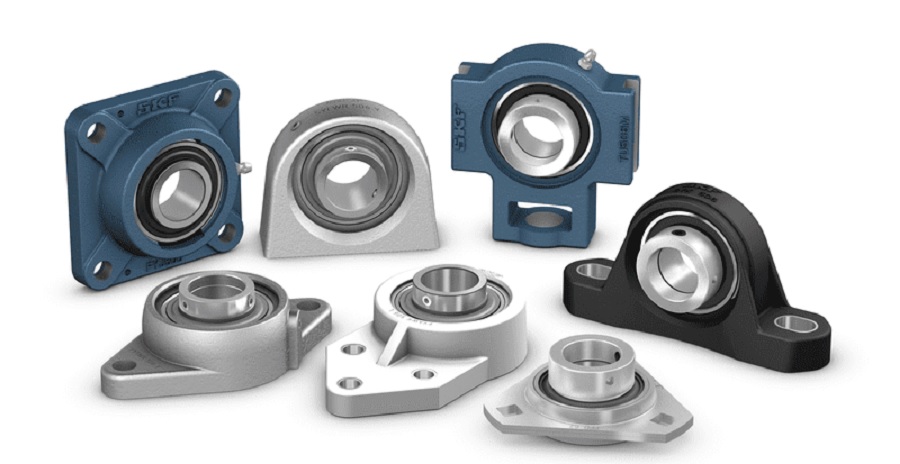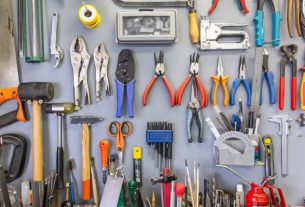In most moving machines a kind of rolling element is always needed so that the movement becomes smooth and frictionless, which is known as a ball bearing. Ball bearings will allow for the motion between various parts and can transmit energy to perform the mechanical operation.
Since such type of bearing is going to use spherical balls to maintain a distance between the races of bearing and hence it is called ball bearing. Ball bearings are so designed that it will reduce any rotational friction and also support both axial and radial loads.
Primarily they are made from steel, but a few other materials like ceramic and nylon are also used. You can find ball bearing unit (ตลับลูกปืนตุ๊กตา, term in Thai) in various applications within the manufacturing units for power transmission. Teo Nooseng Co., Ltd. is a well-known supplier of ball bearing in Thailand.
You will find these ball bearings in all vehicles, white goods, agriculture equipment, and aerospace machinery. There will be various types and size of bearing for different applications.
Some of the typical bearings that you can find many different applications are:
1. Thrust ball bearings
2. Angular contact ball bearings
3. Spherical roller bearings
4. Deep groove ball bearings
5. Taper Roller Bearings
6. Self-aligning ball bearings
7. Cylindrical Roller Bearings
8. Straight-roller thrust bearing
9. Needle bearings
Few general criteria for selecting bearing
- Thrust ball bearings are used for low-speed applications where any other bearings may carry the radial load.
- Angular contact ball bearings can support combined thrust and radial loads or any heavy thrust loads based on the magnitude of contact-angle. Bearings with large contact angles will support any heavier thrust loads.
- For any heavy radial loads with moderate thrust spherical roller bearings can be excellent.
- Normally deep groove ball bearings are used for thrust and radial loads. The maximum thrust load can be 2/3rd of radial load.
- Self-aligning ball bearings can be used for radial loads where the self-alignment of ±4° is required. While choosing these bearing types extra care must be taken because excessive thrust load or misalignment (more than 10{1d1994afd409d346f9a08c8e4ad6a37c658d383a633759e181f30543c5073930} of the radial load) may cause early failure.
- Taper roller bearings are mainly used for heavy thrust and radial loads. Here the bearing is so designed that all elements of the rolling surface and also the raceways may intersect at a certain common point on its axis.
- Cylindrical roller bearings utilize certain cylinders with an approximate ratio of length/diameter ranging from 1:1 – 1:3 as rolling elements. Used normally for heavy radial loads. Useful especially for the shaft’s free axial movement.
- The straight-roller bearings are usually made of a certain sequence of short rollers for minimizing the skidding that causes rollers to twist. They may be used also for moderate loads and speeds.
Needle bearings have got rollers whose length will be a minimum of 4 times the diameter. Where space is the main factor, they are most useful. If the shaft is used as the inner race, it should be hardened and ground. The full-complement type is generally used for high loads, slow speeds, or oscillating.





